Double-digit inflation as a policy-goal.
Discuss.
So here’s some of what caught my eye over the past week. Maybe some of it will interest you. I’m just waiting for Hilary to hit.
“The intent of fixed-issuance cryptocurrency is
to escape the inevitable debasement of fiat currency.”
Steve Bregman
‘the rate of inflation that we would have to run to fund our fiscal needs would probably be about 40%’
We are on an unsustainable path in terms of our total amount of accumulated deficits. An unsustainable path simply means that at some point, the bond market will not absorb as a real amount the amount of debt that's being issued…the rate of inflation that we would have to run to fund our fiscal needs would probably be about 40%…
So why is [inflation] such a convenient tax? Well, first of all, notice, you don't have to have a debate in Congress. You don't have to decide when do middle class people pay? What rate upper income people pay? What rate? You don't have to have any of those debates. It doesn't require the House or the Senate to agree or the President to sign on, so it's an automatic tax, and it's also a somewhat invisible tax.
I have found teaching this topic over the last 40 years that students, when I ask them, what's the inflation tax, they don't know what I'm talking about. And when I ask them whether they feel like they're ever paying or ever have paid a tax by virtue of holding cash in their pockets, they don't think about it.
“One must beware of being a creditor whenever the government was a huge debtor.”
- Jens O. Parsson, Dying of Money
Inflation (a constantly higher cost of living) is very bad for most people.
An important point about the above chart: The CPI of 2023 is NOT the same as the CPI of 1969. Over the years the BLS has made hedonic-quality, substitution and other adjustments, always to lower the reported number. The CPI is a model, not a cost of living reality. The situation is much worse than depicted above.
Imagine getting destroyed in ‘safe’ 30-year Treasuries…
Friends of the Show Podcasts
HOW THE US GOVERNMENT WILL FORCE BANKS TO FUND THE DEFICIT: CHARLES CALOMIRIS I quoted from this above. Demetri Kofinas is the best-prepared podcast host around. This one you should listen to. I found it terrifying (in an educational way.)
Gretchen Morgenson: Our Economy Is Being Plundered By Wall Street Elites Glad she is writing about the private-equity locusts.
Episode #494: Stephanie Pomboy on the Corporate Credit Crunch Steph was on my first podcast! Always some non-official narrative takes.
Lawrence Lepard & James Lavish Two of my bitcoin bros.
Housing Market Downturn Isn’t Over, Says Ivy Zelman Jack Farley gets great guests.
Doomberg: Is This the Start of a New Commodity Bull Market? I prefer my avatar to his, but Substack-sensation Doomberg has been a great assist to me here. Thank you!
Shout out to The Rational Walk
Here’s what RT is referring to: from 1995 until 2021, new car and truck prices in the U.S. didn't rise at all - according to the BLS, which calculates the CPI model (Hedonic-quality adjustments.)
Something fun from the New York Fed:
This model uses the slope of the yield curve, or “term spread,” to calculate the probability of a recession in the United States twelve months ahead. Here, the term spread is defined as the difference between 10-year and 3-month Treasury rates.
If those charts aren’t enough, there’s this from the St. Louis Fed, the “Smoothed U.S. Recession Probabilities” chart, which seems unmatched in its ability to tell us when we are actually in a recession, though giving no warning.
“A number of participants noted that balance-sheet runoff need not end when the committee eventually begins to reduce the target range for the federal funds rate.”
- The July 25-26, 2023 Fed Minutes
Financial Historian Dan Oliver
Financial commentators marvel how the Fed has been able to increase the fed funds rate from 0% to 5.3% without a major financial accident (other than the failure of a few regional banks). The previous time the fed funds rate was this high was in 2007, when there was $51 trillion in total debt instead of the current $94.7 trillion; and everyone remembers what that rate produced: the largest financial crisis in history.
Few remember the timeline, however. Greenspan began raising rates from 1% in June 2004 to 5.3% by July 2006: two years of steady hikes. Then Bernanke kept the fed funds rate stable until August 2007, another year. Only then did the Fed start cutting as distress began to spread through the financial system, and it took another twelve months for the full panic to hit.
A quick survey of financial history demonstrates that this sequence of two years of interest rate hikes, then bank stress within a year, then economic contraction prompting government action is a typical timeline. From the 1987 post-crash low in the fed funds rate of 5.7%, for example, it took nearly two years to reach 10%, at which point the Savings& Loan sector imploded…
The Nixon years saw two similar episodes. The Fed under William McChesney Martin began raising rates in late 1967 to contain inflation, from 3.75% to 10% in two years. Ten months later, the conglomerate Penn Central collapsed, the largest bankruptcy theretofore, ushering in a severe recession, and the Fed lowered rates right back down to 3.75%.
Fed chairman Arthur Burns then went through the same exercise. After a false start in 1971, Burns raised the fed funds rate from 3.75% in February 1972 to 13% in July 1974. Franklin National Bank collapsed that October, the largest failure at that point in U.S. history. Recession hit, and Burns had the fed funds rate back at 5% within seven months, even as annual inflation was running at 10.2%...
And then the big one, 1929: the Fed began to raise rates in February 1928 to constrain asset markets. Twenty months later, the stock market plunged, prompting the Fed to intervene massively and to slash its rate to 1%. While the storybook version of the era imagines that the Great Depression began overnight, the real crunch did not begin until the Austrian bank Creditanstalt failed in May 1931, just over three years following the Fed’s shift in policy.
At least S&P 500 CFO’s seemed to have handled their debt maturities fairly well. Those preternaturally low rates pre-2020 were a gift:
“Don’t short price, short participation.” - Jason Shapiro
“Are you noticing a decoupling in how the media tells you your life is, versus how your life actually is?” - Jay Martin (we are gaslit constantly)
“The average credit score in the U.S. is 696 based on the VantageScore model and 714 based on the FICO score model. That means the average American has a good credit score.”
U.S. Car Loan Debt Hits Record High Of $1.56 Trillion
Blame the Fed’s interest rate hikes, which have disproportionately hit the high-paying tech and finance sectors. Layoffs in the tech sector have surged by a factor of 16 from last year, according to outplacement firm Challenger, Gray, and Christmas, while finance job cuts have more than doubled.
Unlike most downturns, which hit lowest-paid workers first and hardest, this time layoffs have been concentrated in the professional sectors, with formerly high-flying tech companies including Alphabet, Amazon, and Meta cutting thousands of jobs even as restaurants and construction companies keep hiring.
I’m personally worried about Dom Perignon prices going down:
Wake Me Up When September Ends
From the comments here: “It's absolutely hilarious to me that someone has managed to make trailer parks "hip" by pitching "tiny home living" as "what if trailer park but everyone is a liberal."
It never ends. Post-GFC a Pandora’s Box of locusts was opened.
MetLife Investment Management announced on Tuesday the close of its MetLife Single Family Rental Fund with $390 million in committed capital, a sign of confidence in the shaky rental market. The fund will focus on acquiring and developing single-family rental units across the US.
Share of Home Purchases Made by Investors by Month
Home investor shares were concentrated in Western, Southern and lower Midwestern states in Q2. Figure 7 shows this trend, with California (34%), Washington, D.C. (33%), Georgia (32%), New Mexico (31%), Texas (31%), Nevada (30%), Utah (29%), Arizona (29%) and Kansas (29%) posting the highest investor share. Washington, D.C’s significant gain is somewhat surprising, given investor share in nearby areas. In fact, the District of Columbia’s investor share was 10 percentage points higher than its neighboring states of Virginia (23%) and Maryland (22%).
Another challenge for homebuyers: More investors are snapping up homes, and 40% of them are using cash
Between 2019 and June 2023, purchases of homes by buyers who intend to live in them fell by over 40%. But investor purchases over the same time period rose 12%. — Thomas Malone, economist at CoreLogic
NY Times, October 2007:
Nationally, home prices - which were already 5.5% below the all-time highs of July 2006 by October 2007 - fell 24.5% more from October 2007 until February 2012.
(S&P/Case-Shiller U.S. National Home Price Index)
Vacation rentals turn hundreds of San Diego apartment buildings into pseudo hotels …at least 273 buildings in San Diego where 50% or more of the units are licensed for vacation rentals…“Every unit that is turned into short-term housing is another unit that someone could have lived in. Right? A family could have lived there!”…In June, NBC 7 Investigates revealed a loophole in the city’s law which allowed one property owner to obtain 114 short term rental licenses in Ocean Beach alone.
Subscribers to the REBubble Subreddit
RE/MAX NATIONAL HOUSING REPORT FOR JULY 2023
Months' supply of inventory in July was 1.5, up from June’s 1.3 but below the 1.6 months recorded a year ago. Homes sold in July were on the market for an average of 30 days, which was 1 day longer than in June and 6 days longer than July of last year.
New Listings
Of the 50 metro areas surveyed in July 2023, the number of newly listed homes is down 9.0% compared to June 2023, and down 26.7% compared to July 2022. The markets with the biggest decrease in year-over-year new listings percentage were Phoenix, AZ at -59.3%, Las Vegas, NV at -45.8% and Providence, RI at -37.4%. Only one market had an increase in year-over-year new listings percentage, Kansas City, MO at +1.8%. [Wow - RH]Median Sales Price – Median of 50 metro area prices
In July 2023, the median of all 50 metro area sales prices was $425,000, down 0.7% compared to June 2023, and up 1.2% from July 2022. The markets with the biggest year-over-year decrease in median sales price were Phoenix, AZ at -4.4%, San Antonio, TX at -3.7%, and Las Vegas, NV at -3.4%. The markets with the biggest year-over-year increase in median sales price were Trenton, NJ at +14.1%, Bozeman, MT at +9.2%, and Milwaukee, WI at +9.0%.
I’m no Ivy Zelman, but to me it’s such a weird housing market right now.
We live in an Avalon property in south Orange County. Just got our lease renewal - we are paying about $2700 now for a one bedroom, one bath. It was our first year renting here. Not only are they raising the rent to $2902, when I go on the website - there are 29 vacancies and the same floor plan/square footage is going for $2500. Is this normal?
I thought there wouldn’t be an increase or at least not such a steep increase with so many vacancies and they would only raise the rent when they get full. How can they ask us to renew at $2900 when a new tenant will get $400 off that price? I don’t feel like moving across the hallway but might make more sense to just sign a lease on a different unit at this point….
“Sellers think it's 2022. Buyers think it's 2017”
“No one wants to be the first to blink and drop their price, but eventually most will.”
“Aberasturi has lived in the county for nearly his entire life. He bought his 6 acres and house for $80,000. Today, it’s appraised recently at around $750,000, he said.” “‘It’s not worth 10 times that, but that’s what the values went up to,’ Aberasturi said. ‘Who’s going to come over and buy my house on an income that’s in my area? Nobody.'”
“‘There was a point where selling real estate in San Francisco was almost like being in one of those quiz game booths where cash is swirling around, and you just have to grab it,’ said Cynthia Cummins, Principle Realtor at Kindred SF Homes. ‘That’s not happening now.’
S.F. apartment tower next to Elon Musk’s X is at risk of ‘imminent default’ on mortgage, report says
The owner of one of San Francisco’s biggest apartment towers, the 754-unit NEMA property, could default on its mortgage as residents and businesses have dwindled in the Mid-Market area.
The tower at 8 10th St., which is next to the headquarters of X, formerly Twitter, is at risk of “imminent default” on its $384 million mortgage, according to a report by real estate data firm Trepp. Miami-based developer Crescent Heights owns the property, which it opened in 2013.
The loan has been transferred to a special servicer, a step typically taken when a default may occur. Crescent Heights told the servicer that cash flow can no longer cover the monthly debt payments, according to Trepp…
Erickson said it has been a struggle to attract tenants to the neighborhood, which has been plagued by open-air drug dealing, homeless encampments and property crime.
“Serious 2008 vibes when companies like this start liquidating assets to pay the bills at their other properties.”
New Privately-Owned Housing Units Under Construction: Units in Buildings with 5 Units or More
New Privately Owned Housing Starts in the United States by Purpose of Construction, Built for Rent Two or More Units
Everyone knows that the office sector is in trouble, but a ton of money has gone into multifamily (and industrial) in the past few years, at very low cap rates. Lots of new condo and apartment construction in the pipeline too, as seen above. Maybe there are some grey swans lurking in those sectors.
Last month, Morningstar released a report pointing to an “$8B tsunami” of multifamily commercial mortgage-backed securities that are coming due in the second half of 2023 — creating what it calls a “red October.”
“It is a “hydrogen-bomb scenario” for multifamily landlords, Peter Sotoloff, a former managing partner at Mack Real Estate Credit Strategies and former head of U.S. originations at Blackstone, told The Wall Street Journal this week.
Trepp Senior Managing Director Manus Clancy said the “epicenter of concern” are those who bought value-add properties with floating rate debt at the peak of the market in 2021 and the first half of 2022. Largely in places like Arizona, South Carolina and North Carolina, those buyers are now being buffeted by high interest rates, operating costs driven up by inflation and a leveling-off in rents.
The unsavory cocktail has threatened the business of multifamily syndicators, who bought properties aggressively at their peak and put short-term debt on them, hoping to flip for a profit. Five multifamily syndicators — Tides Equities, GVA Investments, Nitya Capital, ZMR Capital and Rise48 Equity — have $3.7B combined in multifamily loans coming due in the next 30 months, according to Trepp. Tides Equities has asked its investors to put in more cash to help stabilize its portfolio, saying as many as 20% of its properties could be in distress.
Can San Francisco Save Itself From the Doom Loop?
When an apparently disturbed man rammed into him recently, Browne did nothing. “What are you going to do?” the 60 year-old said. “You can’t fight crazy.”
“I don’t feel safe, there are so many vagrants walking around and there is garbage everywhere,” said 63-year-old Sandra Brealey, a longtime city resident who used to go downtown regularly, but has largely stopped over the past five years…
San Francisco is one of many cities with a shortage of police officers due to increased retirements and difficulty recruiting since the pandemic and protests that followed the killing of George Floyd, but its 27% deficit is particularly severe…
How soon we forget…July 31, 2020:
Share of U.S. Homes Worth(?) $1 Million
"There is no supply issue. There is a price issue."
- John
“This is Dallas and the Fort Worth area…These are homes that have been on the market for over 6 months. There is no supply issue. There is a price issue.”
Good to see “Rent Inflation” under control
What happens to real estate if WeWork goes bankrupt?
Atoms would become too cold to move, and time itself would freeze? No?
Chapter 11 would give WeWork the right to terminate its leases, leaving a lot of office owners with swaths of empty space and a lot of WeWork’s tenants without desks…
“Our primary concern with WeWork is that while it has been successfully pioneering the shared office concept, the company has yet to post a profit or experience a downturn,” read a Morningstar report from August of 2019…
Once valued by its private investors at $47 billion, WeWork, now a public company, was worth just $274 million when the market closed Wednesday. Its stock price, which was $13 at its IPO, is just 13 cents.
At one time, WeWork was the largest leaseholder in New York City, so the number of landlords the company’s collapse would affect is vast. Crain’s reported that WeWork occupies about 6.4 million square feet across 70 Manhattan offices, with Boston Properties, Rudin Management, RXR Realty and Tishman Speyer among the landlords leasing the most space to the flailing firm.
"Every time we've learned anything about WeWork, it looks more and more like the company is a financial sandcastle built on a rainy day using sand that SoftBank bought at a 500% markup." (April 2019)
September 2019: Real estate tycoon Sam Zell slams WeWork:
“I had the privilege of investing in this kind of company once before. As a matter of fact, this kind of company began in 1956,” when office subletting emerged, Zell said in a “Squawk Box” interview.
“Every single company in this space has gone broke,” he said, pointing to WeWork’s IPO disclosure last month of net losses of more than $900 million for the first six months of 2019 on revenues of $1.54 billion…
“They should have just changed the name of the company to ‘saving and loan.’ That’s really what you’re talking about, creating long-term liabilities and short-term assets,” said Zell, chairman of Chicago-based Equity Group Investments. “Every other time in history when they create that, results are predictable. Why is this any different?”
…Zell also said the real estate industry as a whole has “committed suicide,” by allowing WeWork to buy up so many properties. “They are the largest landlord in New York, London, etc.” Last year, WeWork said it became the largest private occupier of office space in Manhattan, London and Washington, D.C.
Sub-$20,000 cars comprise about 12 percent of the market today compared to almost 50 percent in 2019.
Used Cars By Price Range, 2019 vs 2023
A look at some of the most popular used car models in 2019 and 2023 shows some huge price jumps for what used to be very affordable models:
“Used Camrys and Civics are up to $8,000 more expensive than they were just four years ago. A used Elantra is up to $5,000 more expensive compared to 2019.”
Disney “reported 146.1 million total Disney+ subscribers, a 7.4% decline from the previous quarter. Analysts polled by Bloomberg had expected a narrower loss of 154.8 million paying users.” Also Disney: “For the second time in about a year, Disney unveiled a round of major price increases to its streaming products, raising the cost of the ad-free versions of Disney+ and Hulu by more than 20% each.”
I’m reminded of looking at Coca-Cola recently, which has had massive price hikes, and where units sold were down but revenues weren’t - they’re selling less at higher prices.
As with the Financial Times, often the WSJ comments are better than the articles: Wall Street Is Ready to Scoop Up Commercial Real Estate on the Cheap
As of July 25, nearly 1,300 commercial properties in the Houston area were backed with CMBS loans totalling $5.9 billion, all of which are set to mature within 18 months, the Houston Business Journal reported. Just 68 office properties in the region accounted for $2 billion of that debt. Houston has some of the largest loan balances in the country, and distress continues to snowball.
Real Estate Debt – Problems and Opportunities: Boris Dorfman I found this informative.
Late Summer Blues: Can Rising Treasury Yields Stall the CRE Markets?
“Speed has never killed anyone. Suddenly becoming stationary, that's what gets you.”
Jeremy Clarkson
How Families Pay for College
Retirement Savings?
Shemwell has roughly $300,000 left on the mortgage of his Houston home. He refinanced to a 2.99% interest rate so he is in no rush to pay down the debt.
He owes about $500,000 on each house but isn’t rushing to pay his mortgages off because the interest rates are below 3%.
Many thinkers assume that lower interest rates benefit the poor, who often pay interest to buy the necessaries of life. Whatever benefits accrue to the poor, however, are dwarfed by benefits to the rich. Since rich people are the only ones who have sufficient collateral to borrow massive amounts of cheap money, their first access to the money printer allows them to buy and bid up assets in a virtuous cycle. Borrowing begets bidding which begets price appreciation which begets more collateral for borrowing.
The wealth effect of capital gains starts to price out the poor and middle class from the best neighborhoods, vacation spots, restaurants, spectator events, and other basic pleasures of life, even if consumer goods remain reasonably priced. It’s the reason a Disney family vacation, once a realistic middle class aspiration, now requires a five-figure budget. This type of inequality, amplified by the FOMO of social media, is particularly grating to people who cannot afford the luxuries they see others consuming. Trust in institutions (rightly) plummets, and the country can pull apart, much as it is doing now, as more people (again, rightly) believe the system is rigged against them.
“Americans' $2 Trillion in Pandemic Savings Nearly Exhausted”
“Our updated estimates suggest that households held less than $190 billion of aggregate excess savings by June”
I’m almost out of my $2 trillion. In other news, the average net worth of Warren Buffett and me is about $59 billion.
I’m reminded of something I discussed in “The Cantillon Effect”:
Post Q3 2019, when QE restarted:
Checkable Deposits and Currency Held by the Bottom 50% went up 3.4x
Checkable Deposits and Currency Held by the Top 0.1% went up 16.8x.
The only group whose labor-force participation rate has risen this century is the 65 and over crowd.
Not many people seem to fret about tax havens. Few seem to feel that wealth carries responsibility to society along with it. There is too little integration these days of wealth and duty. The rich have “abdicated the responsibilities of their wealth.” Many of us do not even consider the issue of responsibility of wealth these days.
- Joel Dobris, The Death of the Rule Against Perpetuities
It sounds weird, but if you look at where the money’s spent at auction, it’s almost all fashionable contemporary crap because if you think about how prices in very high-end art are set, they’re auction prices. How many people does it take to generate an auction price? Two. Just two. So, you have boneheaded Russians who want to have a Picasso on their wall so people will think they’re legit, or hedge fund managers’ wives who’ve been told to buy impressive art to hang in their loft so when people come over, they’ll say, “Oh, look, they’ve got a Damien Hirst.”
The way art prices at the very high end are set is almost entirely by deeply bogus people, [laughs] which is great, actually. When I was an artist, I used to be annoyed by this. Now that I buy a lot of art at auction, I’m delighted because it means there’s all this money. You see Andy Warhol’s screen prints selling for $90 million…
I used to be annoyed by this, and now I think it’s the most delightful thing in the world because there’s all this loose money sloshing around, and so-called contemporary art is like this sponge that just absorbs all of it.
James Rickards, The Road to Ruin
Old money in the United States is perhaps 150 years old, or slightly older for families like the Astors and Biddles. Yet in Rome I was ensconced in a nine-hundred-year-old fortune still intact. Here was a family fortune that had survived the Black Death, the Thirty Years’ War, the wars of Louis XIV, the Napoleonic Wars, both world wars, the Holocaust, and the cold war.
I knew the Colonna family were not unique; there were other families like them throughout Europe who kept a low profile. These families are only too happy to be overlooked by the Forbes 400. That type of wealth and longevity could not be due merely to good luck. In nine hundred years, too many cards are turned from the deck for luck alone to be sufficient. There had to be a technique.
I turned to a striking Italian brunette to my right and asked, “How does a family keep its wealth for so long? It defies the odds. There must be a secret.” She smiled and said, “Of course. It’s easy. A third, a third, and a third.” She paused, knowing I needed more, and continued, “You keep one third in land, one third in art, and one third in gold. Of course, you might have a family business as well, and you need some cash for necessities. But land, art, and gold are the things that last.”
“The royalty model is just so superior to the producer model.”
Steve Bregman would agree. This royalty article, and a couple links above, were via the informative Credit Bubble Stocks website.
Best Economy Ever
"The military solution to every problem is the wrong solution. That is a huge problem in Washington. There is this lack of appreciation of just how destructive war is, not just for your enemy, but for you."




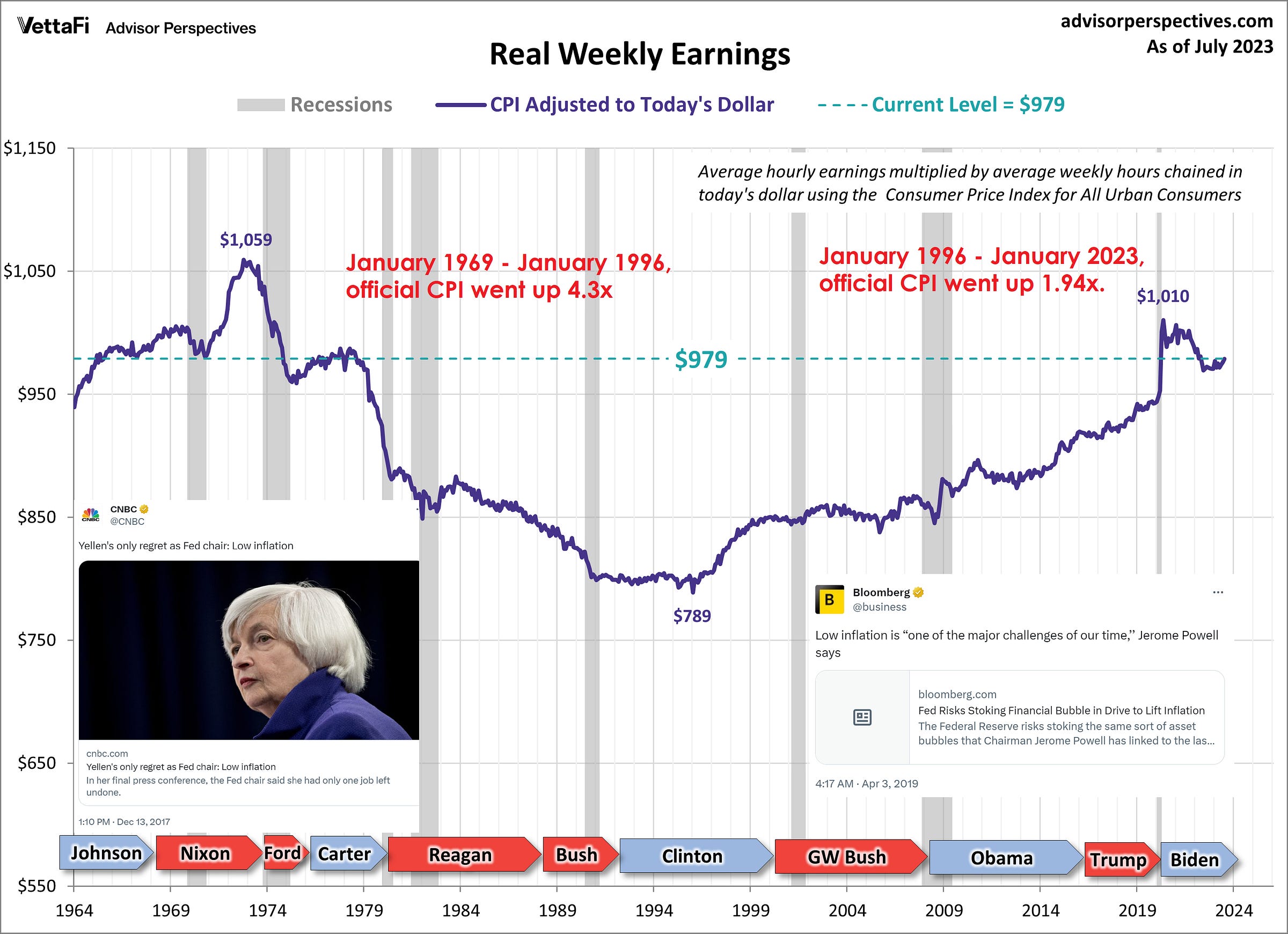
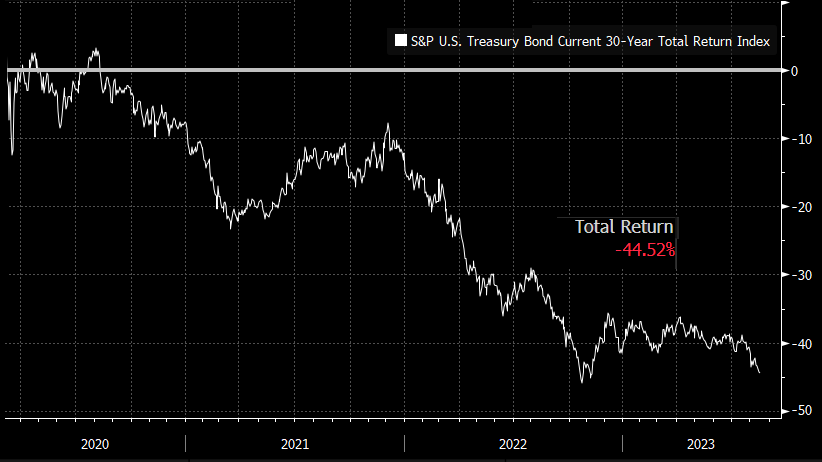
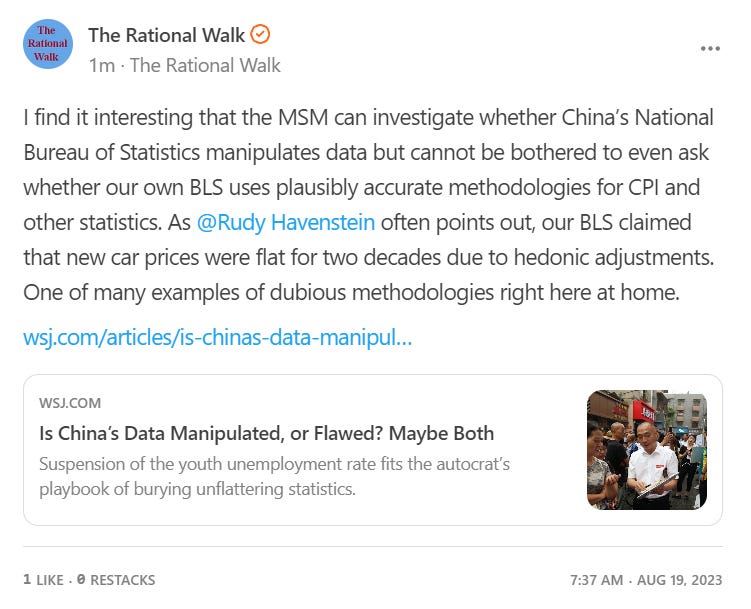

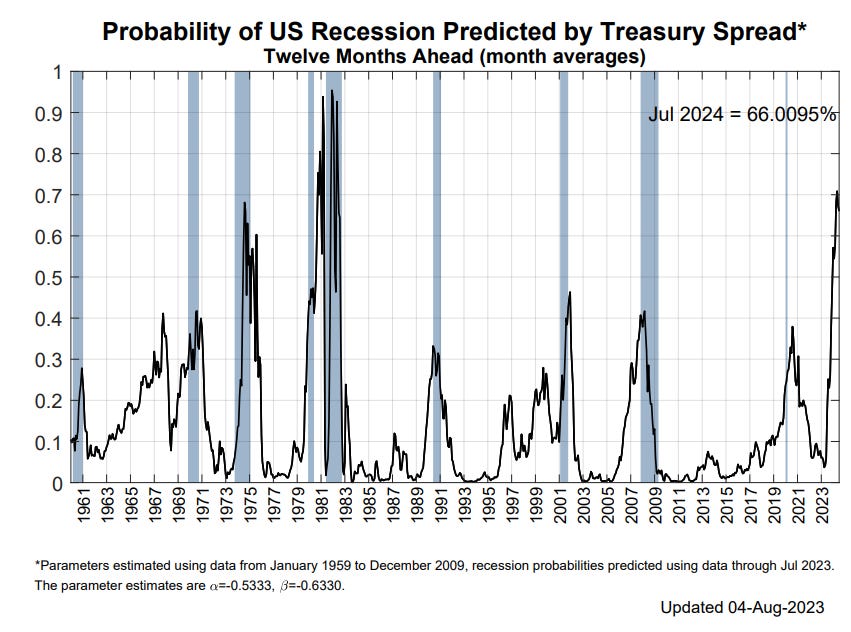
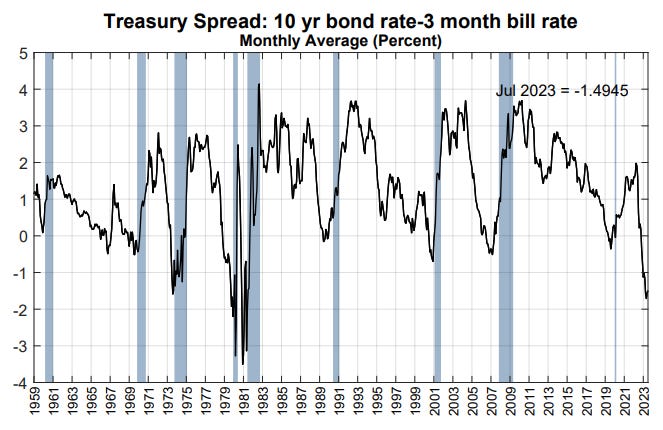
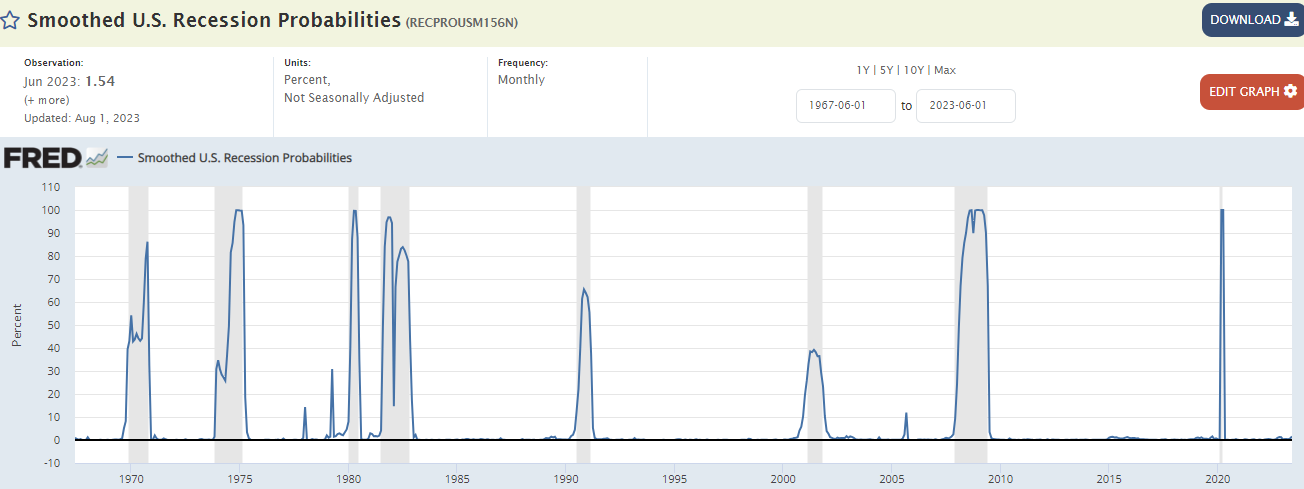
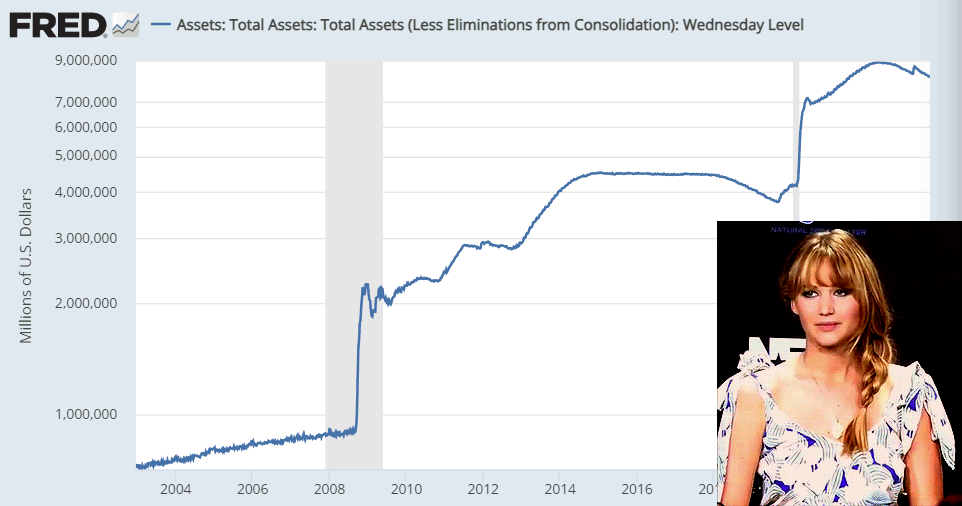
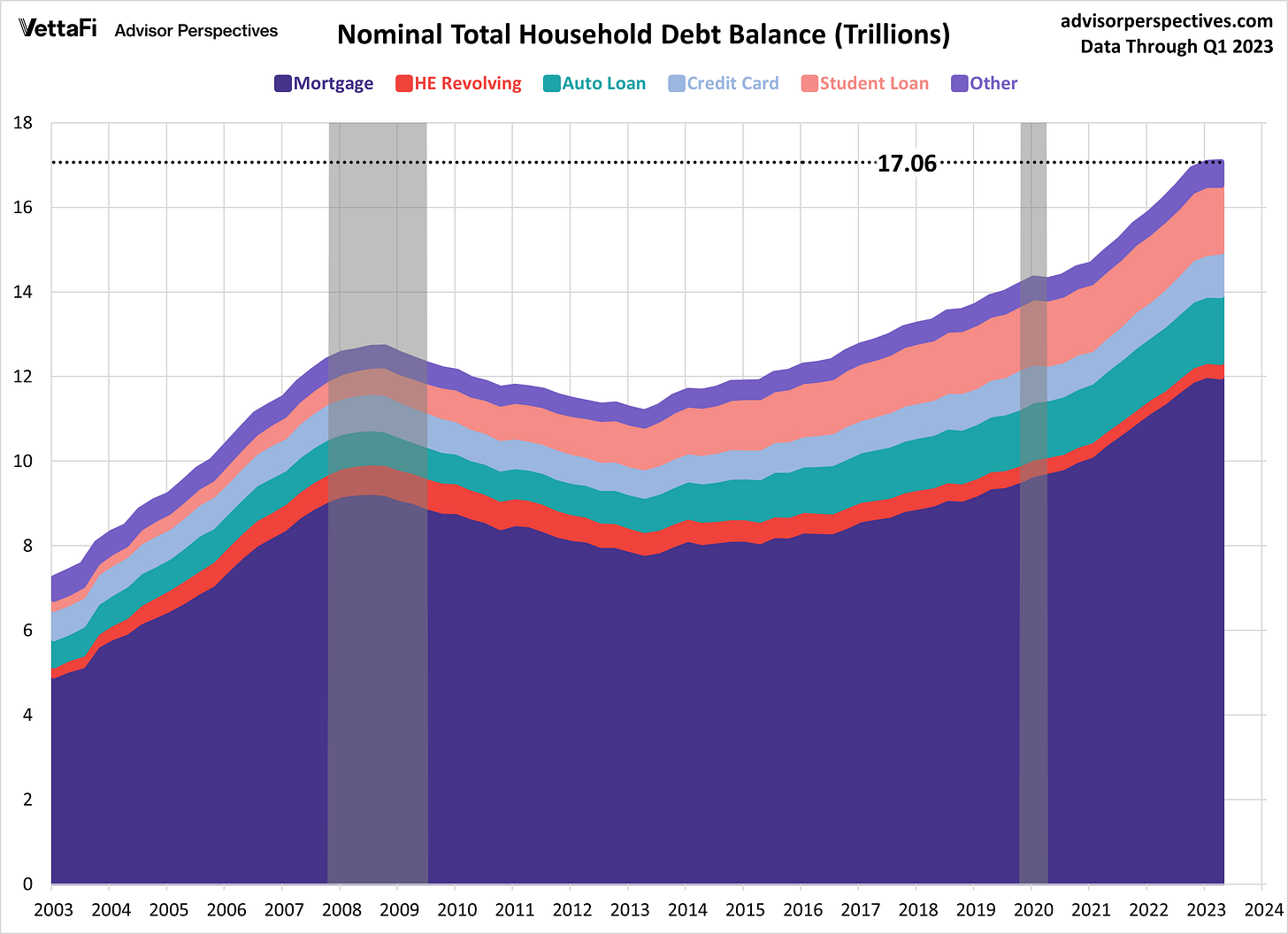
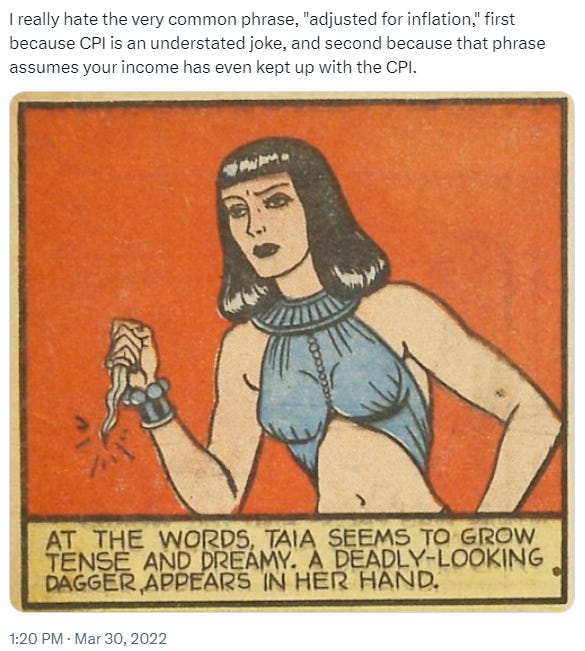
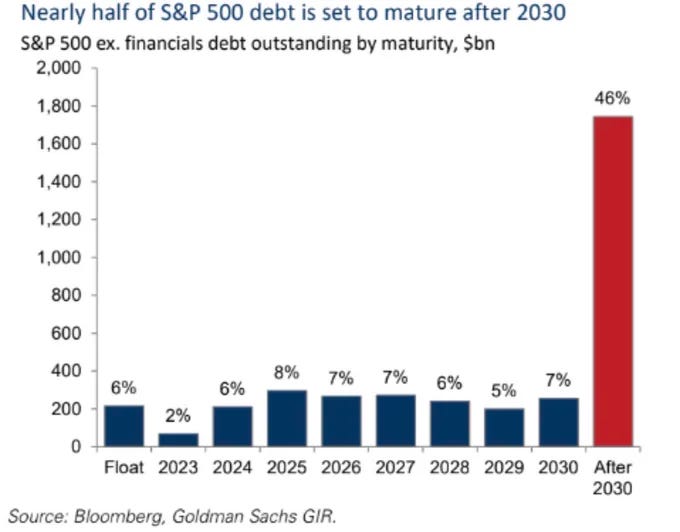
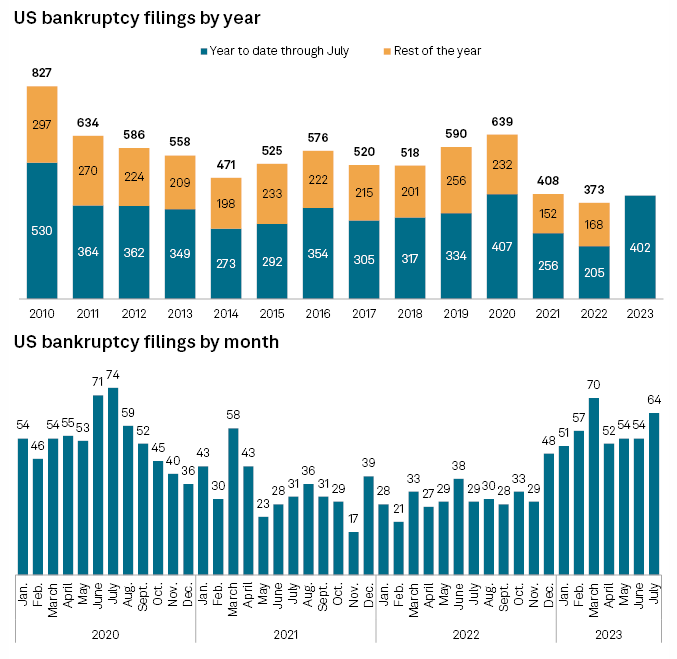


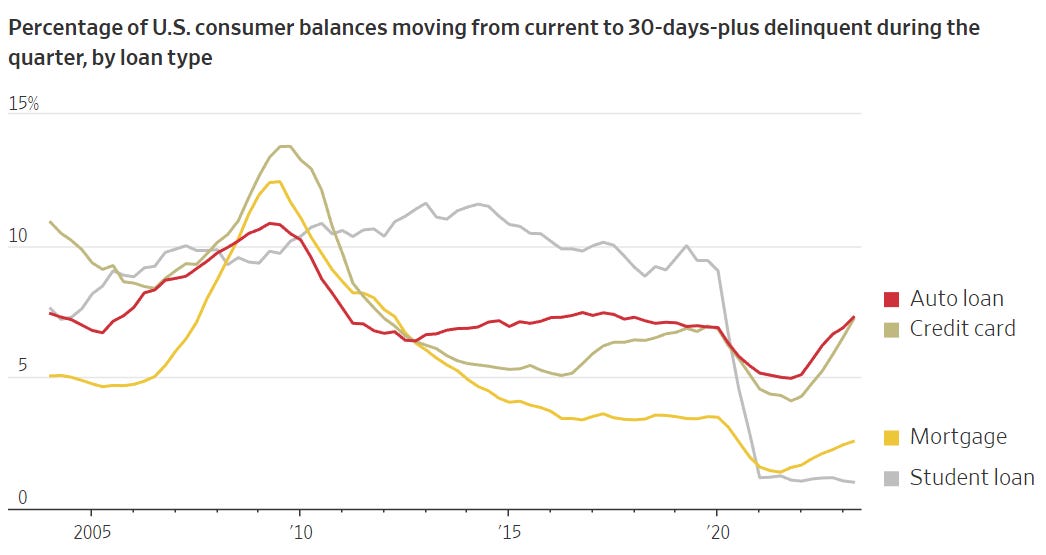
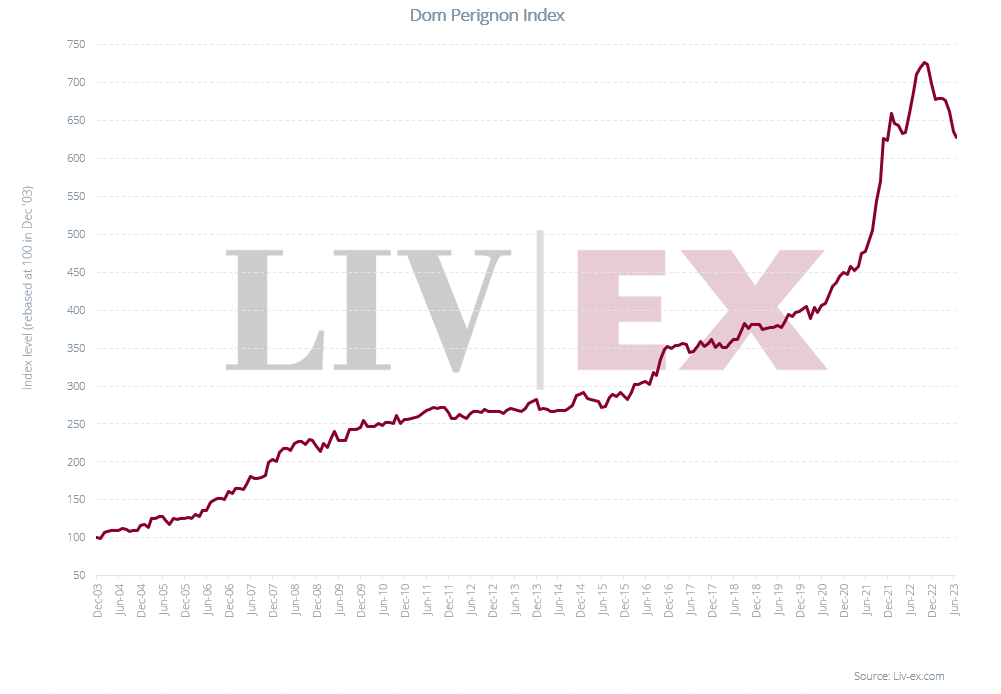

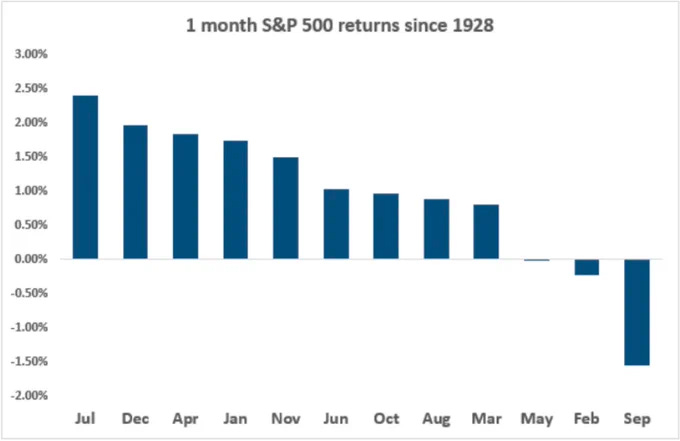
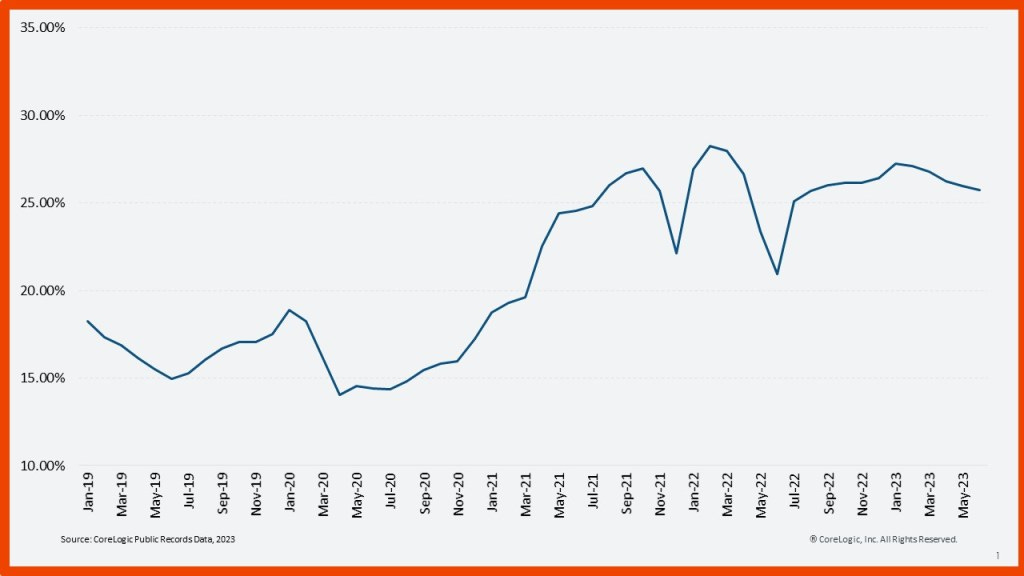
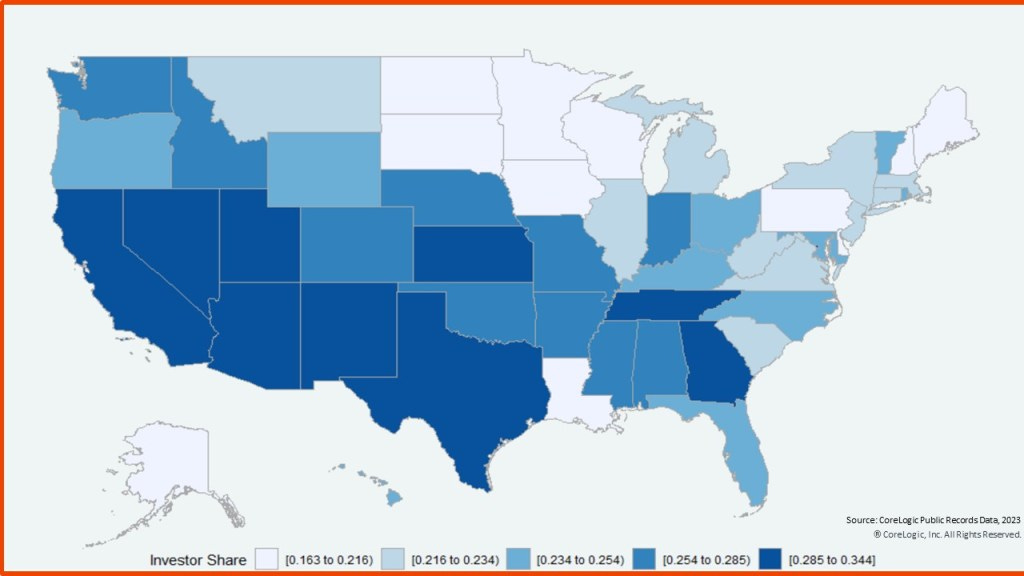

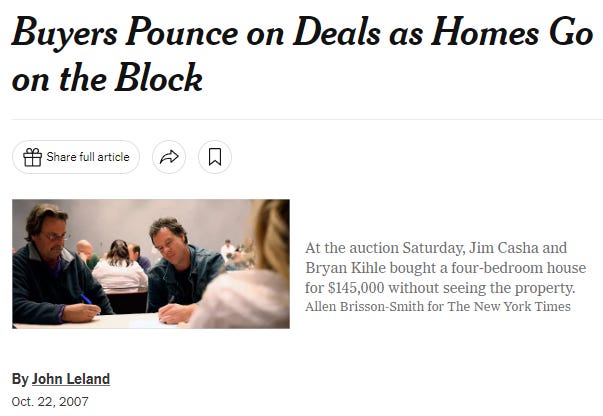
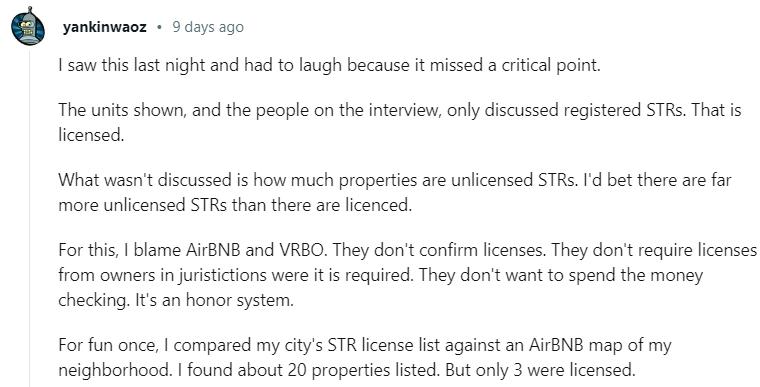
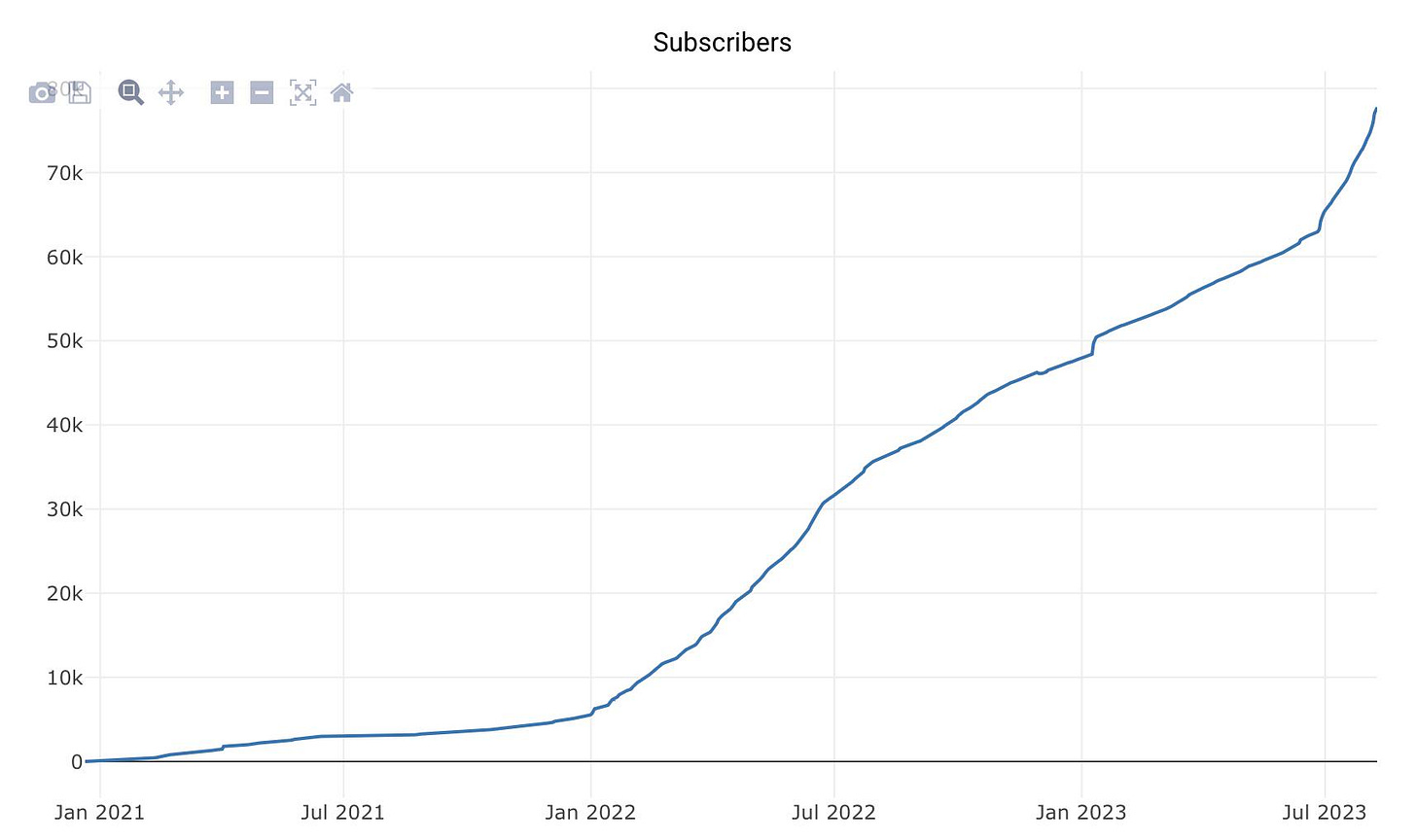
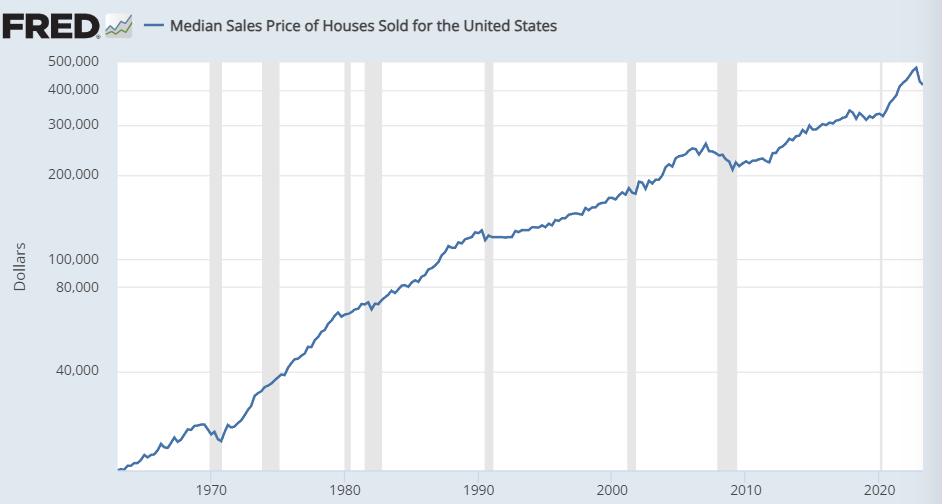
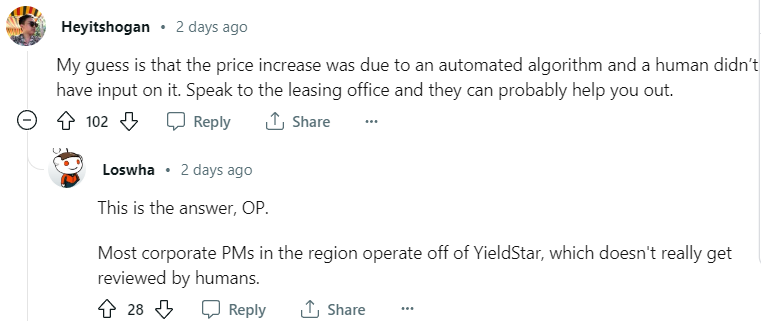
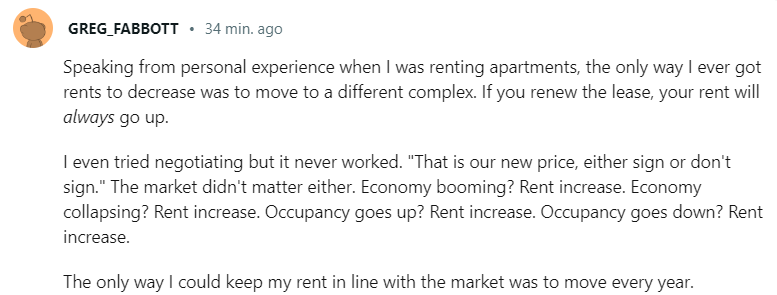





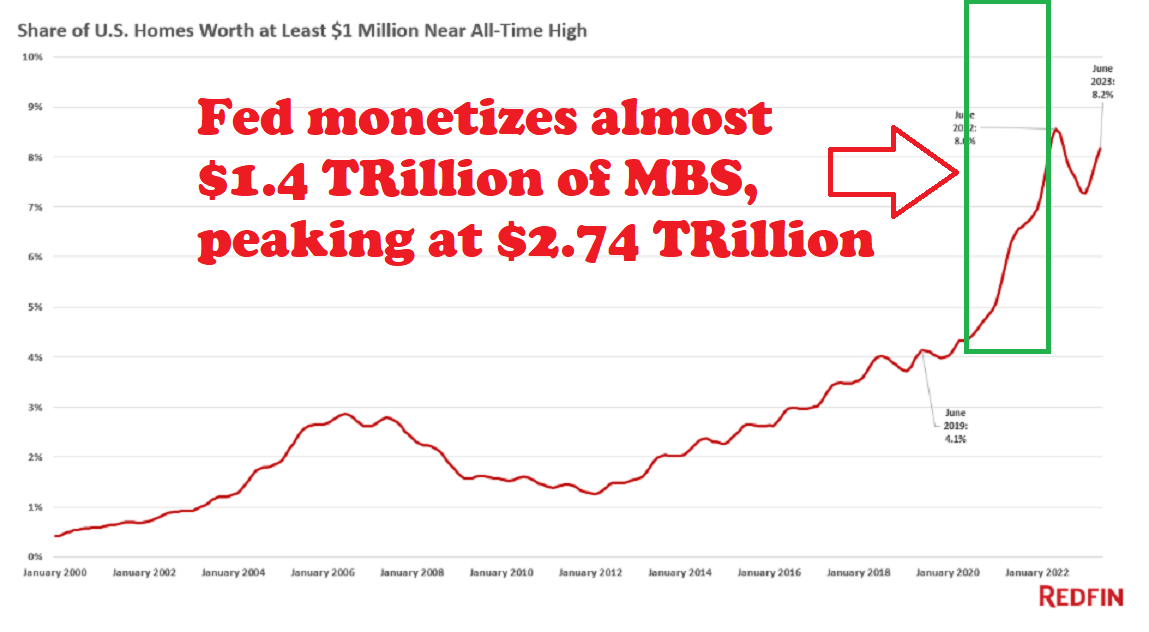
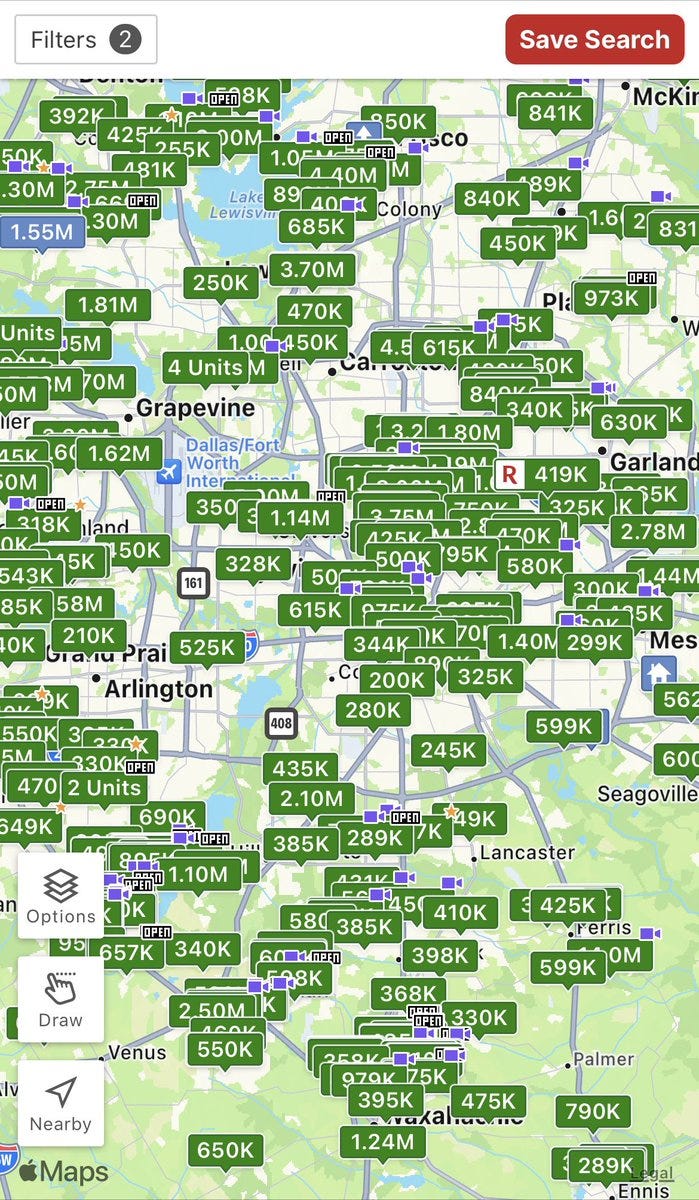
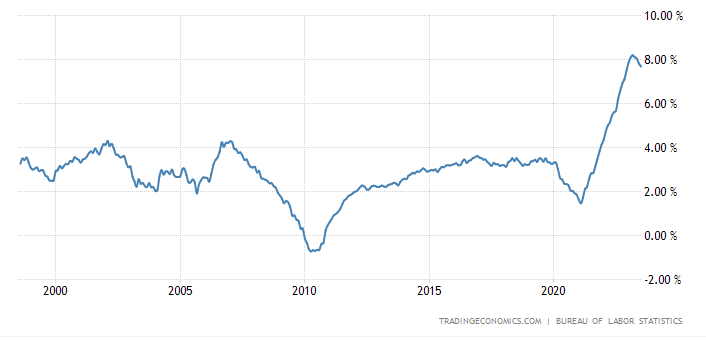


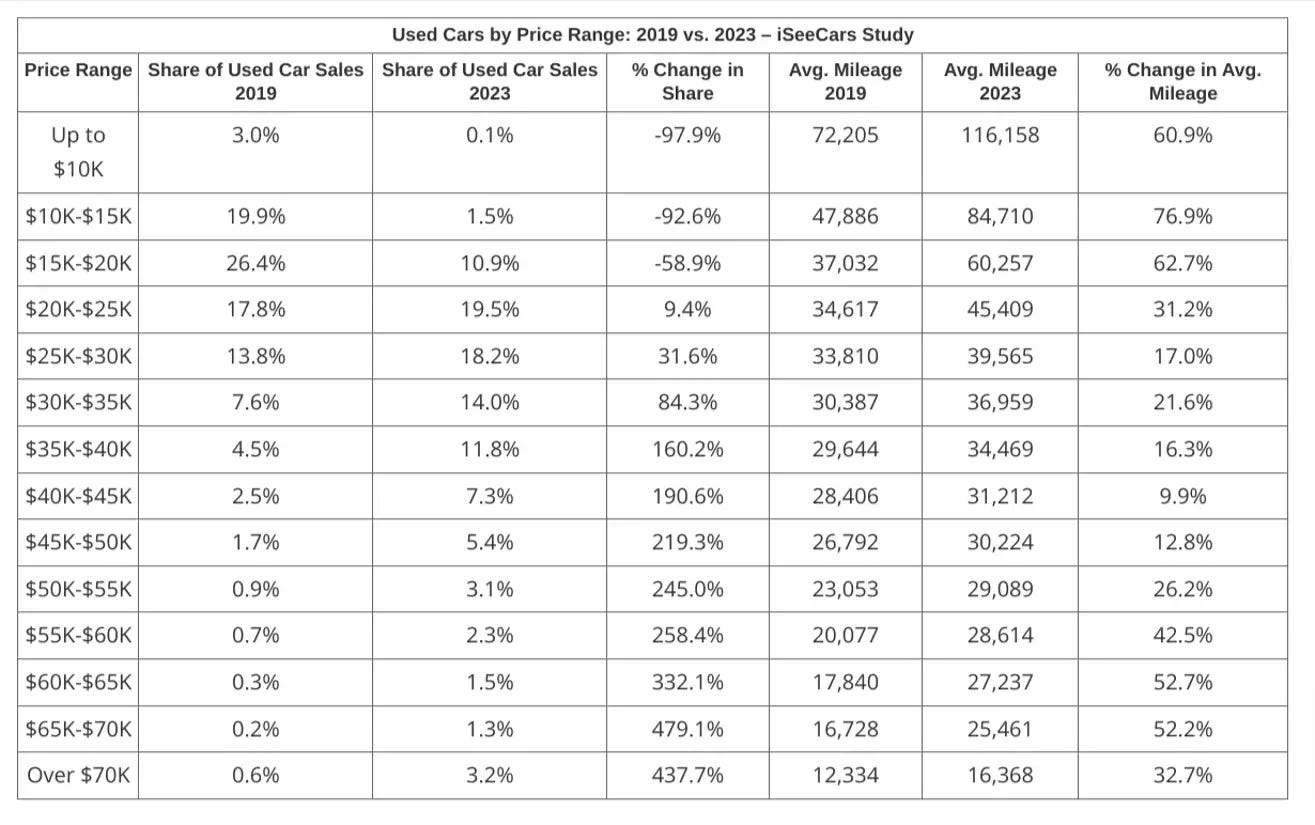
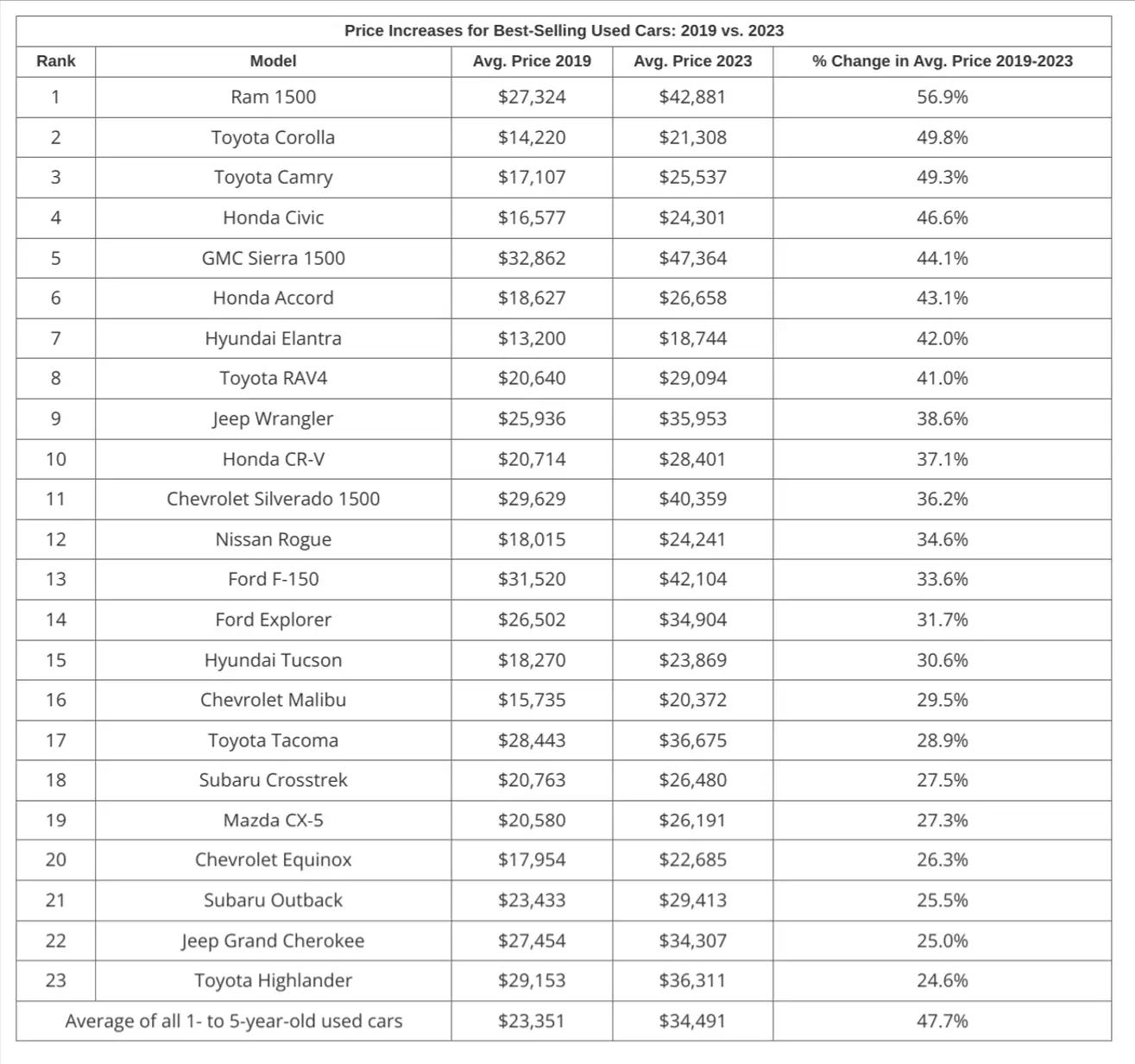
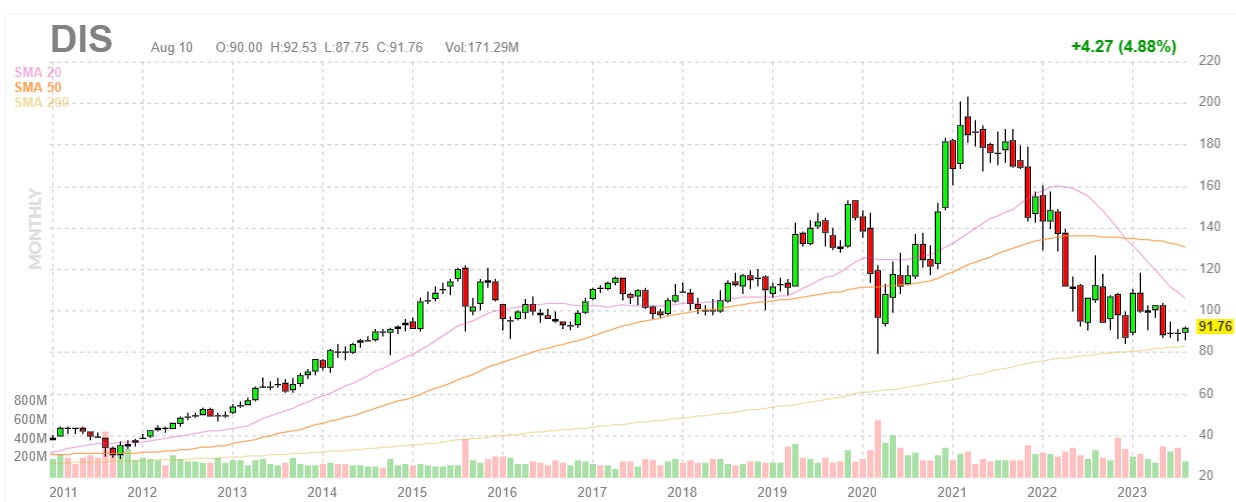
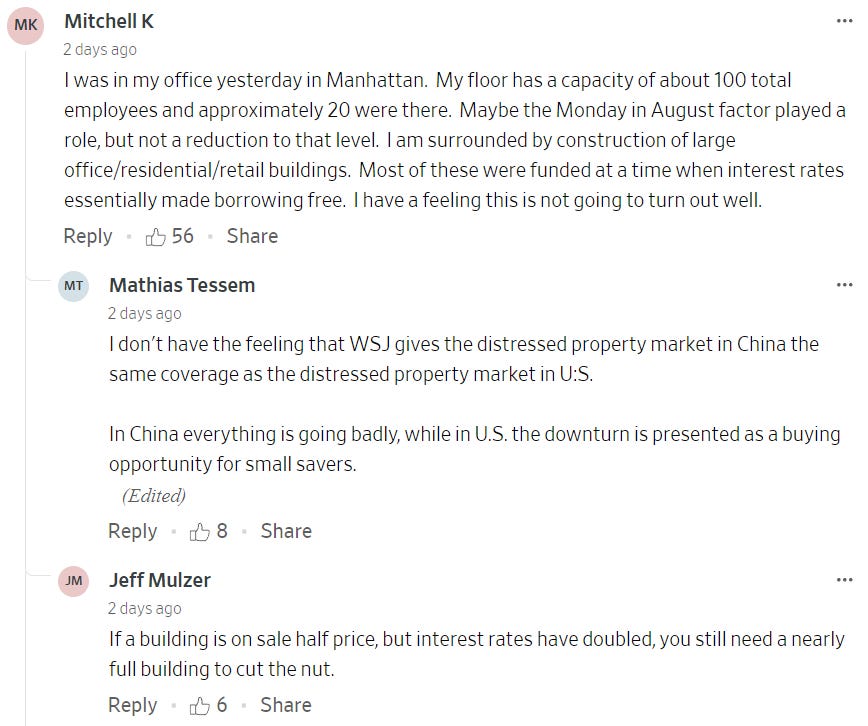
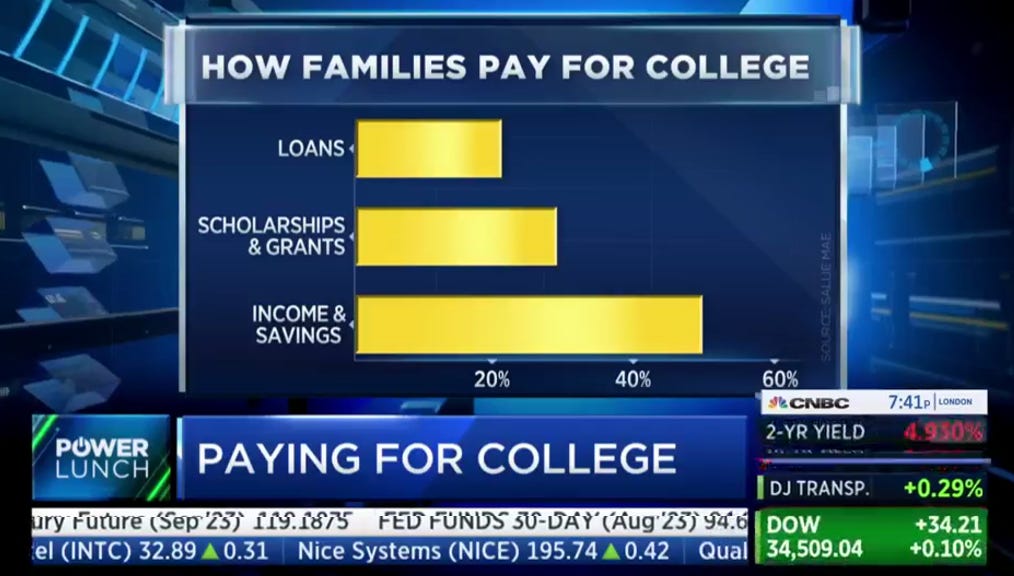
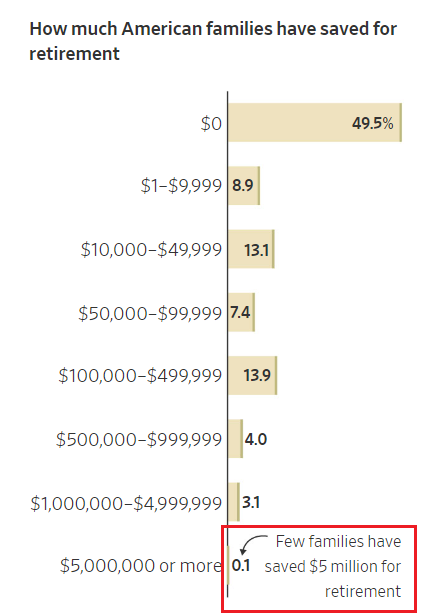
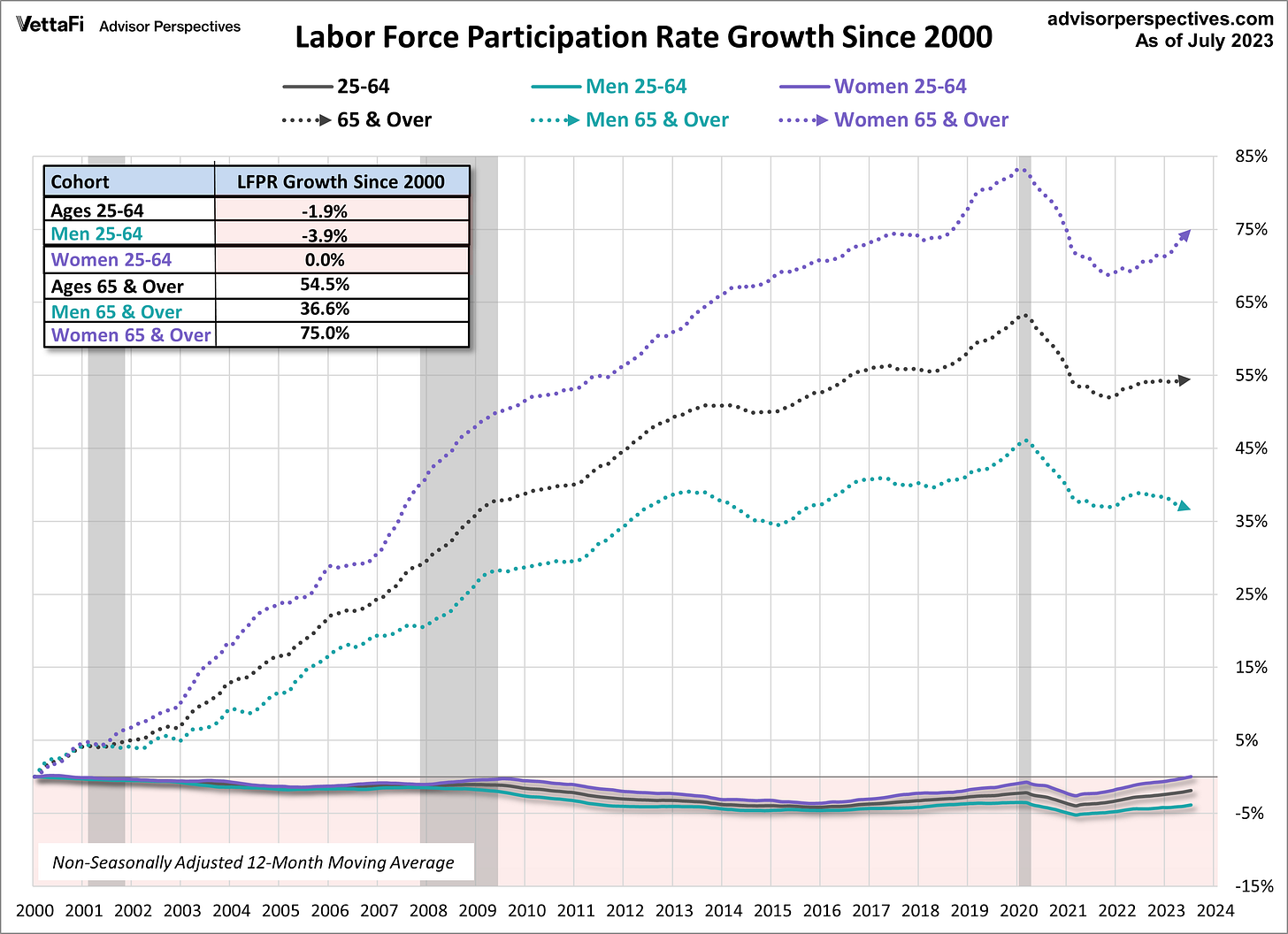


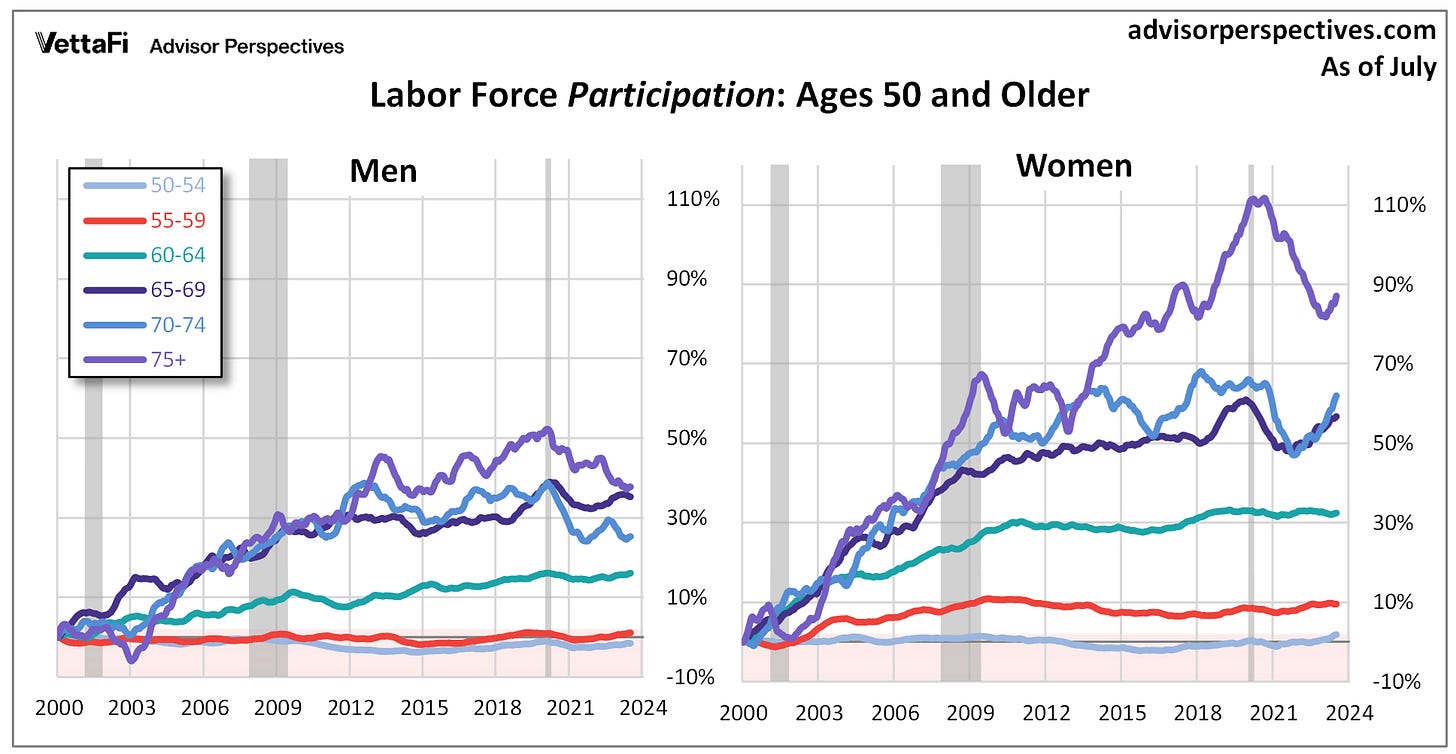

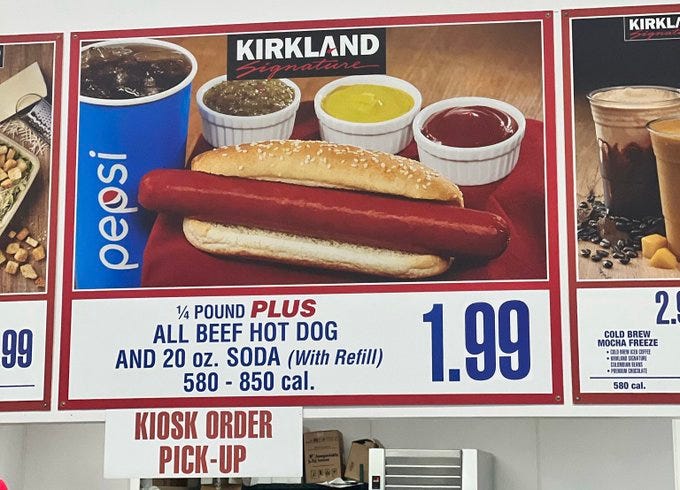

Double digit inflation always was the goal. Transfer real property to the oligarchs, enrich using cronies contractors (defence, pharmaceutical etc) with government debt, inflate away the debt by devaluing the currency. The clueless peons will complain a bit, but official CPI reads 3-4%.
One of the things that I've always appreciated about Neil Young is that he's pretty much pissed off everyone at some point.